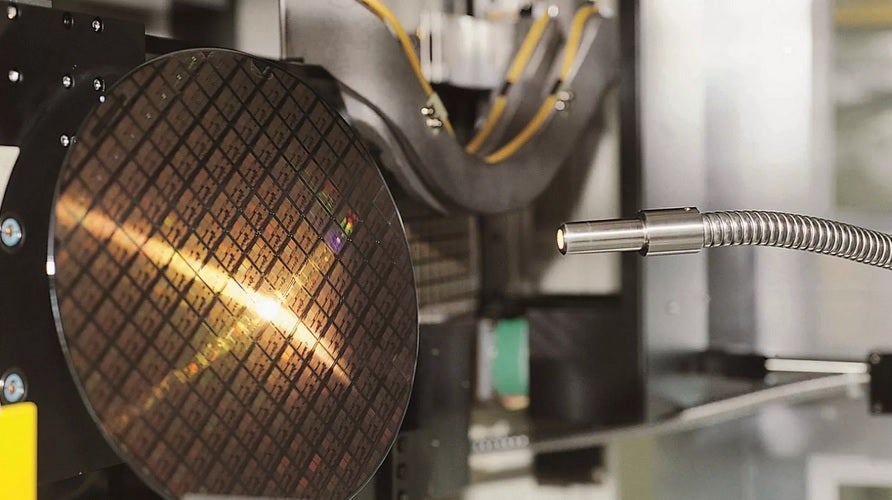Wafer prices for 2nm chip production expected to hit $25,000 in 2025; Apple to get discount

Apple is expected to be the only phone manufacturer employing the latest cutting-edge chipsets to power some of its 2023 handsets. The iPhone 15 Pro and iPhone 15 Pro Max will both be equipped with the A17 Bionic SoC which will be produced by TSMC using its N3B (3nm) process node. Because each wafer used to make these chipsets costs $20,000, most manufacturers are waiting until next year to order 3nm production which is when TSMC starts using its less expensive N3E node.
Apple will continue to differentiate its Pro and non-Pro models by using last year's A16 Bionic on the iPhone 15 and iPhone 15 Plus while the iPhone 15 Pro and iPhone Pro Max will sport the 3nm A17 Bionic SoC. As the process node "shrinks" in size, the smaller a chip's feature set becomes, including the transistors. And this is important because the larger a chip's transistor count, the more powerful and energy efficient it is.
The iPhone manufacturer is reportedly getting a discount on the 3nm wafers it is using for N3B production of the A17 Bionic. And according to Digitimes, the same situation might repeat itself when it comes to 2nm production. Wafer prices are expected to rise to $25,000 per wafer which once again could leave the iPhone as the only smartphone line to employ the latest cutting-edge application processor in 2025.

High wafer prices are holding back manufacturers from ordering 3nm production this year
TSMC is said to be in talks with other potential customers for the 2nm node but thus far, the only names mentioned have been Apple and Nvidia, Apple is TSMC's largest customer and is believed to account for 25% of the foundry's annual revenue. And speaking of Apple, TSMC is ramping up its 3nm wafer production to 100,000 per month all in anticipation of production needed to fulfill Apple's orders for the iPhone 15 Pro and iPhone 15 Pro Max.
It is interesting that in a business as competitive as the smartphone industry, Qualcomm feels that the Snapdragon 8 Gen 3 SoC is powerful enough using TSMC's N4P process node to compete with the A17 Bionic which is one step ahead thanks to the N3B process node being used. On the other hand, by holding back on the use of the 3nm process node until next year, Qualcomm's decision might ultimately help those buying premium Android phones later this year and early next year from having to dig deeper into their wallets for the new hardware.










Things that are NOT allowed: